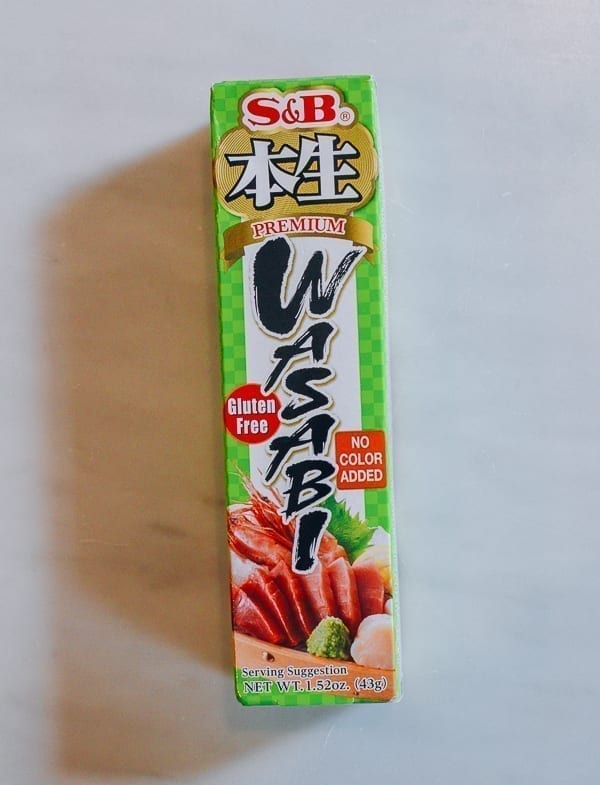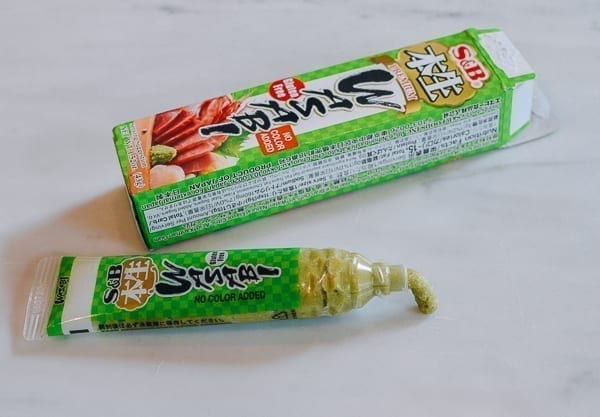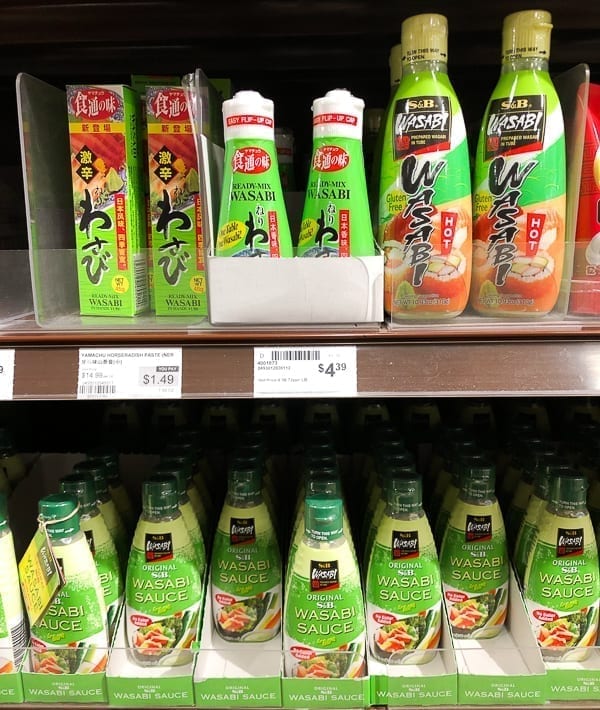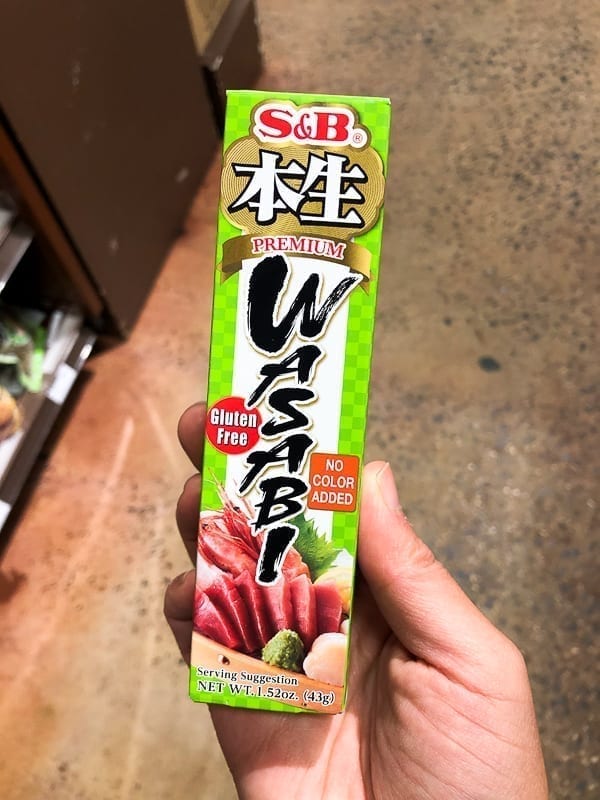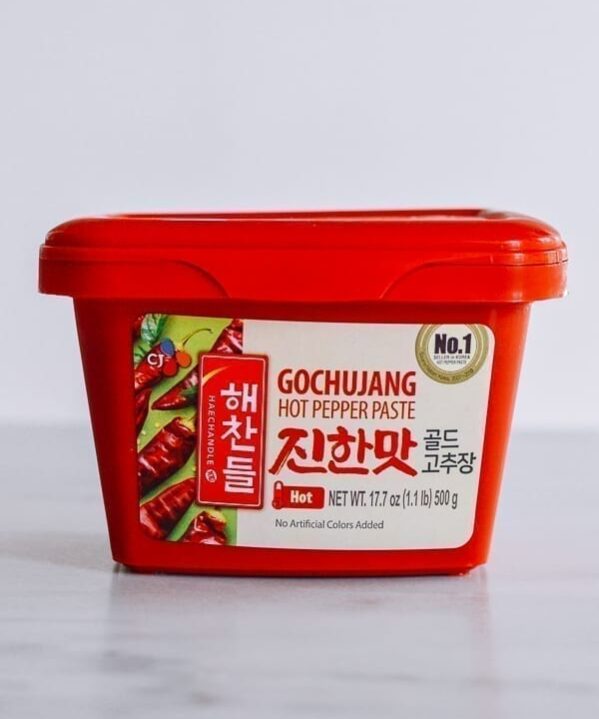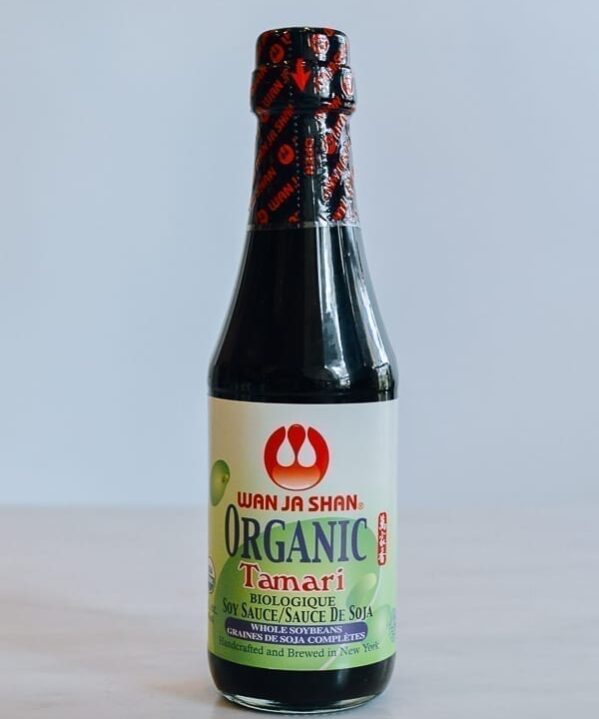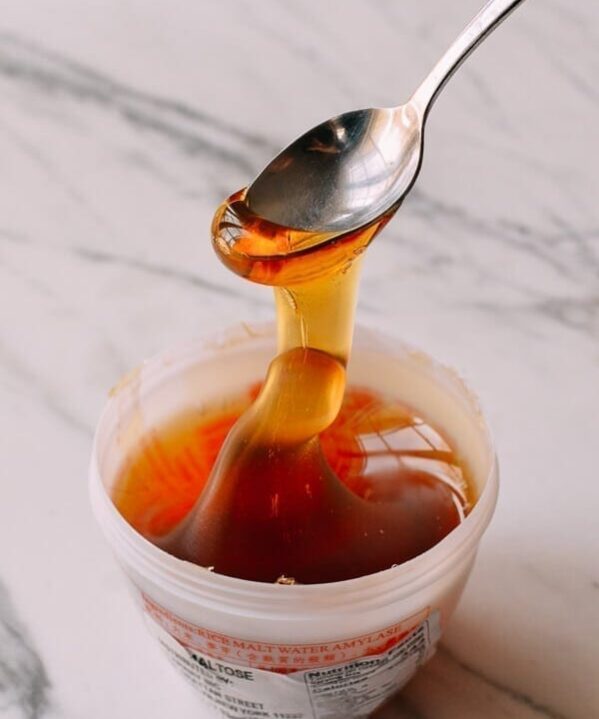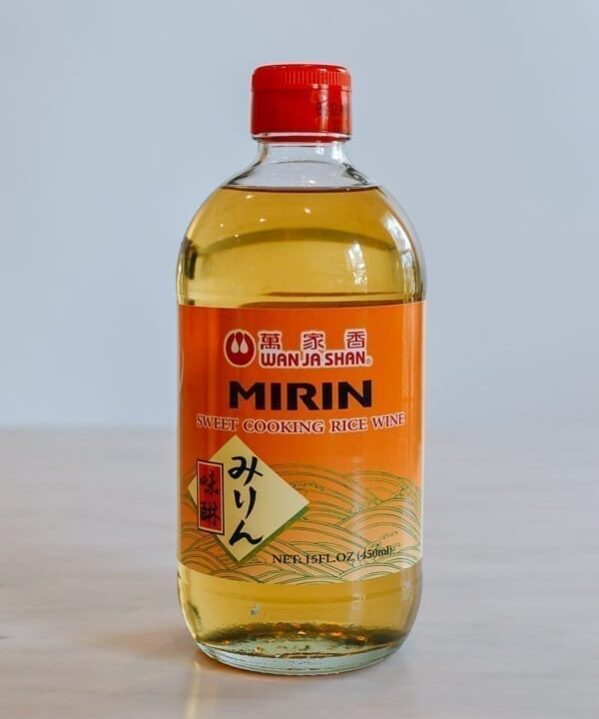Wasabi may be a familiar ingredient to anyone who’s dined at a sushi restaurant, but did you know most wasabi served in restaurants and sold in tubes isn’t real wasabi at all?
In this article, we’ll tell you everything you need to know about this prized Japanese ingredient.
What Is Wasabi?
Wasabi is a Japanese root (or rhizome, if we’re being picky about it) related to horseradish with a potently spicy, sinus-clearing flavor.
It grows naturally in mountain streams and rivers in Japan, and it’s incredibly difficult to grow commercially. According to some experts, it is THE most difficult plant in the world to cultivate on a large scale, and can therefore fetch a hefty market price––upwards of $80 or $90 per pound.
One company based in the Pacific Northwest (Pacific Coast Wasabi) is attempting to farm wasabi in the United States, franchising its top secret greenhouse growing methods for $70,000! (Read more about it in this fascinating BBC article.)
This is why most wasabi served in Western restaurants and sold in grocery stores is actually regular horseradish, dried mustard powder, and green food coloring. Only very high end sushi restaurants serve the real stuff.
How Is It Used?
As you may already know, people most commonly use wasabi as an accompaniment for sushi.
Chefs grate the real stuff fresh just before serving. Imitation paste, on the other hand, is available in squeeze tubes. You can also purchase it in powdered form. Simply mix the powder with equal parts water, and then set aside for a few minutes to allow the wasabi flavor to develop.
Wasabi flavoring is also applied to many snacks and treats (wasabi peas, anyone?). We even once encountered Wasabi flavored Oreos in China (spoiler: they were unpleasant).
We think it goes great with dishes like our Salmon Skin Bowls with Avocado, or our Salmon Teriyaki.
Buying & Storing
The best balance of quality and accessibility is probably wasabi powder, if you can find it. It usually comes in packages that weigh a couple ounces. You can mix equal parts powder and water, and give the ingredients a few minutes to form a flavorful paste.
Then serve it alongside sushi or whatever you like! Our advice is just to buy it in small quantities, as its flavor will deteriorate over time, like any dried spice.
Otherwise, you can buy wasabi paste, which is much more readily available. It’s not “real,” but hey, who doesn’t like a little green horseradish and mustard, anyway?
Check out the options in your local Asian grocery store or online.
If you have further questions, let us know in the comments. We try to answer every single one!
